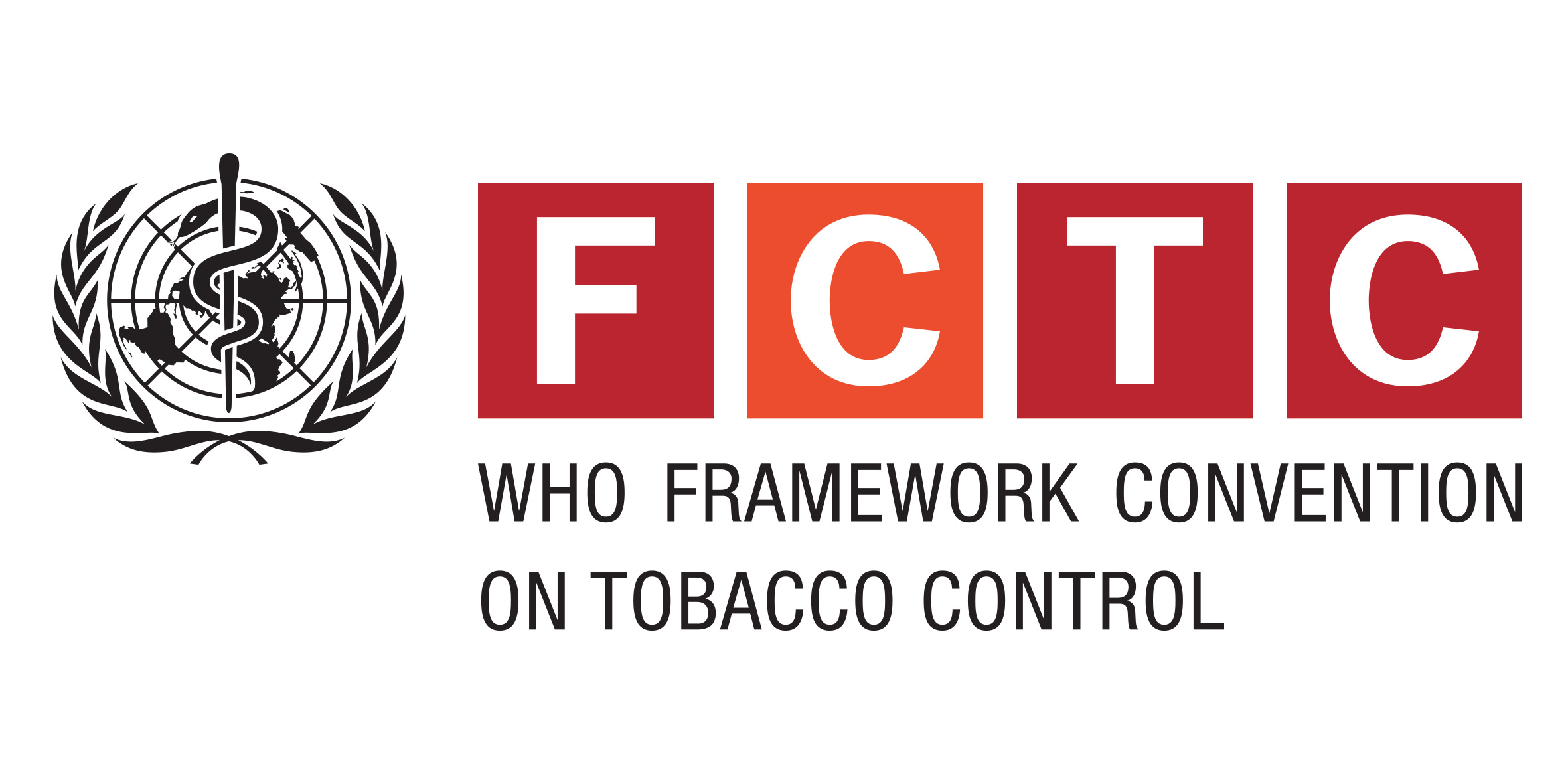Journal Article
Print(0)
Journal of applied physiology (Bethesda, Md.: 1985)
J.Appl.Physiol.(1985)
11-Aug
jap.00649.2016
LR: 20160812; CI: Copyright (c) 2016; JID: 8502536; OTO: NOTNLM; 2016/08/10 [accepted]; 2016/07/19 [received]; aheadofprint; SO: J Appl Physiol (1985). 2016 Aug 11:jap.00649.2016. doi: 10.1152/japplphysiol.00649.2016.
1522-1601; 0161-7567
PMID: 27516538
ENG
JOURNAL ARTICLE
10.1152/japplphysiol.00649.2016 [doi]
Unknown(0)
27516538
Most severe cases of decompression illness (DCI) are caused by vascular bubbles. We showed that there are active hydrophobic spots (AHS) on the luminal aspect of ovine blood vessels where bubbles are produced after decompression. It has been suggested that AHS may be composed of lung surfactant. Dipalmitoylphosphatidylcholine (DPPC) is the main component of lung surfactants. Blood samples and four blood vessels, the aorta, superior vena cava, pulmonary vein and pulmonary artery, were obtained from 11 slaughtered sheep. Following exposure to 1013 kPa for 20.4 h, we started photographing the blood vessels 15 min after the end of decompression for a period of 30 min, to determine AHS by observing bubble formation. Phospholipids were extracted from AHS and from control tissue and plasma for determination of DPPC. DPPC was found in all blood vessel samples and all samples of plasma. The concentration of DPPC in the plasma samples (n = 8) was 2.04+/-0.90 microg/ml. The amount of DPPC in the AHS which produced four or more bubbles (n = 16) was 1.59+/-0.92 microg. This was significantly higher than the value obtained for AHS producing less than four bubbles and for control samples (n = 19) (0.97+/-0.61 microg, P = 0.027). DPPC leaks from the lungs into the blood, settling on the luminal aspect of the vasculature to create AHS. Determining the constituents of the AHS might pave the way for their removal, resulting in a dramatic improvement in diver safety.
Journal of Applied Physiology
Arieli,R., Khatib,S., Vaya,J.
Israel Naval Medical Institute rarieli@netvision.net.il.; Department of Oxidative Stress and Human Diseases, MIGAL - Galilee Research Institute and Tel Hai College, Kiryat Shmona.; Department of Oxidative Stress and Human Diseases, MIGAL - Galilee Researc
20160811
http://vp9py7xf3h.search.serialssolutions.com/?charset=utf-8&pmid=27516538
2016

